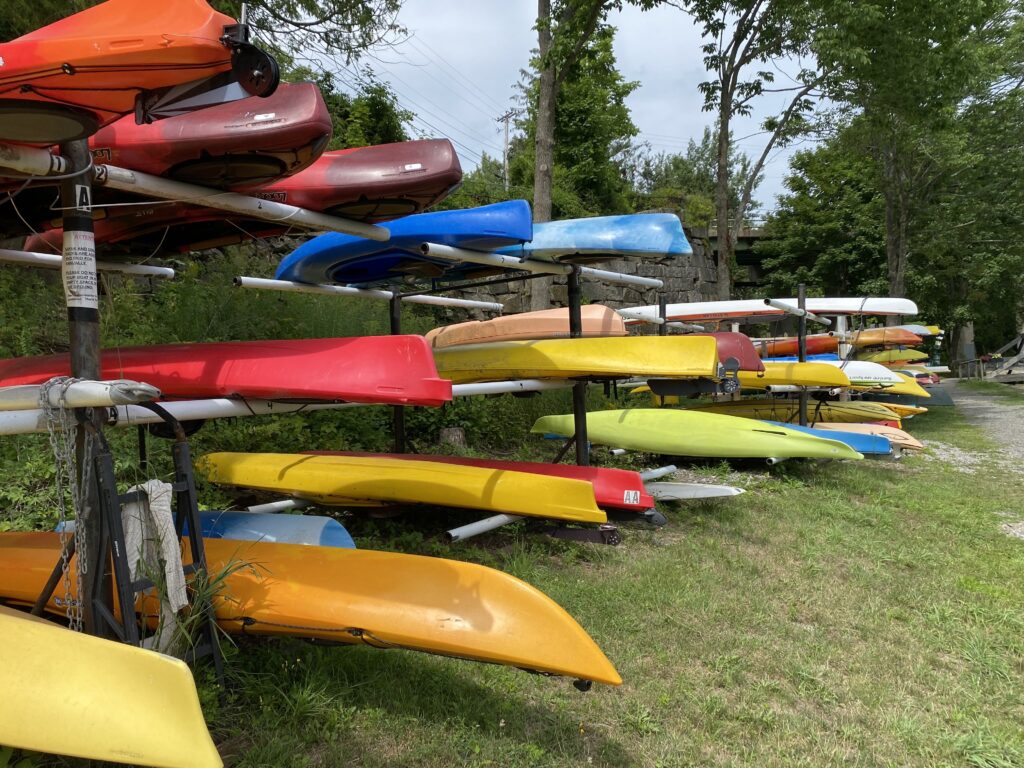Kayaking 101: Essential Tips for Beginners
Posted
Last Updated
By Nina.
Kayaking is a great sport for any beginner to learn. Like cycling, it’s relatively simple to pick up. Within a few hours you’ll be paddling along happily. There are so many different types of kayaking – from flatwater kayaking to sea kayaking and whitewater kayaking.
Whether you want to go kayaking in the US or go kayaking in the best spots in the world, you will need to have a good basic skill set before heading off on an adventure of your own.
Here are our top ten tips every kayaker should know before they get in the water for the first time.
1) GET A LESSON
Tip number one, get yourself a kayaking lesson. You might not think that you need one. How hard can it be to paddle a kayak, right?
It’s not rocket science but you might find yourself paddling around in circles for the first half an hour without some proper coaching. You’ll waste a lot less time and learn how to paddle and recover from a capsize.
2) DRESS FOR THE WATER, NOT THE WEATHER
It might be a hot sunny day, so you’ll be tempted to wear shorts and tee to go kayaking. But the water temperature might be icy cold.
Make sure you wear clothes that are appropriate for the water not the air temperature. If you fall in (which isn’t totally unlikely) then you will be glad you wore a wetsuit, kayaking gloves and waterproof windbreaker rather than summer clothes.
3) CHOOSE THE RIGHT BOAT
There is a whole range of different types of kayaks available – from long narrow racing boats to tiny squat freestyle playboats.
You want to learn in a recreational kayak that’s suited to the water you’ll be paddling. For example, if you are paddling on a lake then you’ll want to rent a flatwater boat. Sit-on-top kayaks are great for beginners as they are easy to paddle and reassuringly stable.
4) ALWAYS WEAR BUOYANCY AID
Wearing a buoyancy aid is essential for any kayaker – whether you are a beginner or an experienced paddler.
You’ll read this in any kayaking for beginners guide. Buoyancy aids are like life jackets but allow more movement around the arms and neck, which make them much more suited to kayaking. Even if you are a strong swimmer, you never know when you might get into trouble in the water.
Buoyancy aids will always be provided by kayaking schools, but if you are paddling alone we recommend buying your own or renting from a nearby watersports center.
5) SIT PROPERLY IN YOUR KAYAK
Learning how to sit properly in a kayak will make it so much easier when you start paddling. Your kayak might have a nice comfy backrest but don’t slouch. It’s best to sit up straight with your lower back and buttocks at 90 degrees to each other. You’ll find foot pegs on each side of your kayak. Rest your feet here. Your toes should be pointed outwards and heels towards the centre. Your knees should be bent upwards and outwards, allow contact with the thigh braces.
READ more at https://mpora.com/kayaking/kayaking-beginners-essential-tips/

